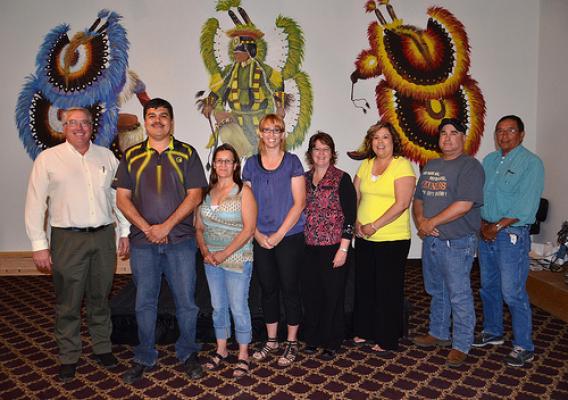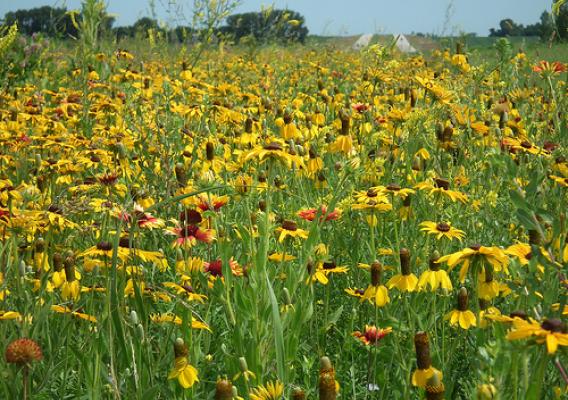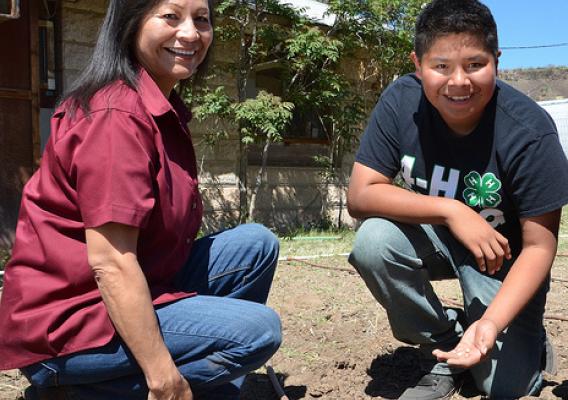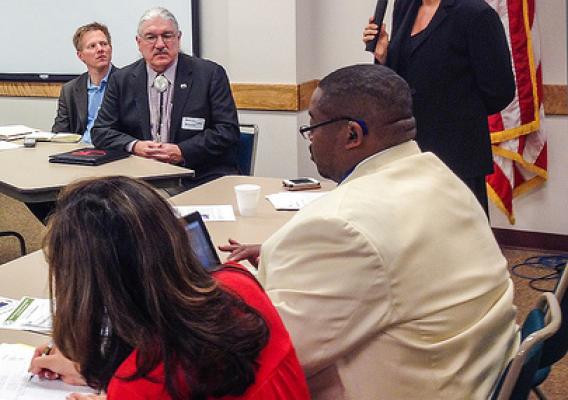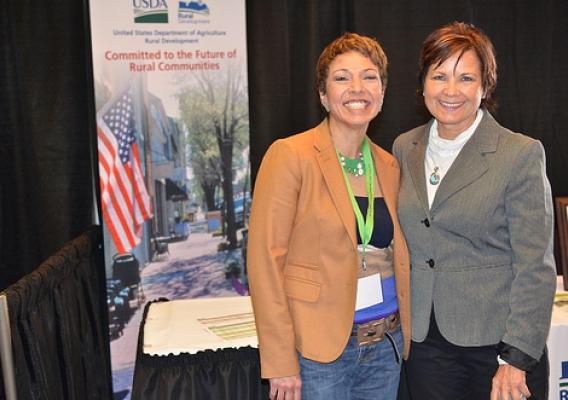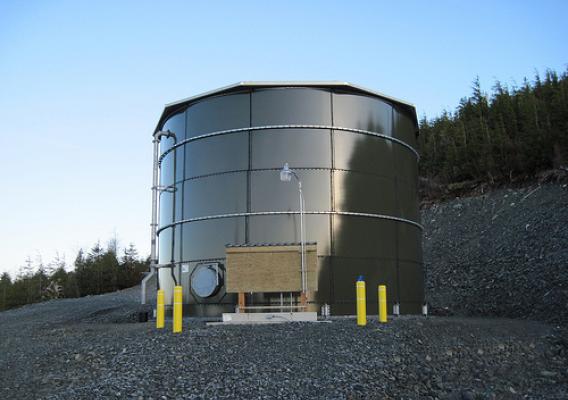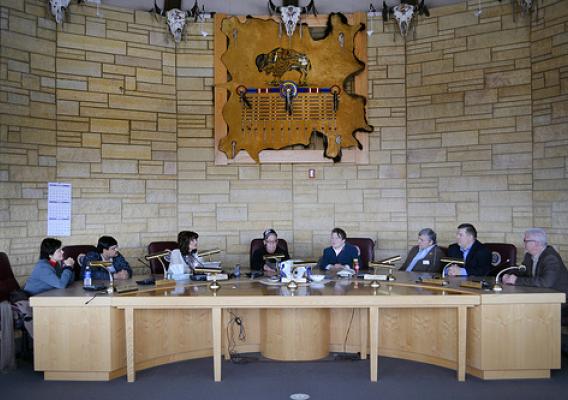The Rosebud Sioux Tribe was exceeding the landfill capacity of handling 20 tons a day of garbage at the central landfill in the Northeast corner of the Rosebud Reservation. Garbage is hauled from twenty communities on the Reservation that range from 15 miles to 80 miles one way. Approximately 30 tons of solid waste is generated daily on the Rosebud Reservation.
Recently the Rosebud Sioux Tribe received USDA Water and Environmental loan and grant funds to construct a new transfer station. The project has made the operation cost effective and improved trash collection for residents on the Reservation.
A central transfer station located closer to where most of the garbage is generated allows the Tribe to minimize trips to the landfill, alleviate wear on equipment, minimize dumpster overflow and illegal dumping, and allow the Tribe to participate in recycling efforts resulting in saving space and extending the life of the landfill. In addition, the modernization of the transfer station has provided the members of the Rosebud Sioux Tribe efficiencies in managing how the solid waste is handled and disposed of. What used to take almost 5 days for pick-up now takes 3.5 days, which is a huge labor savings, plus, fuel costs have dropped.

